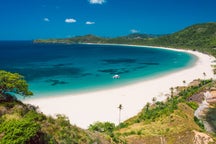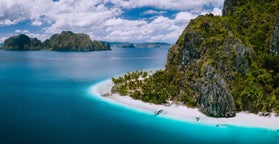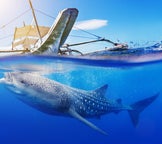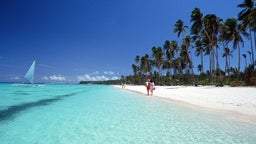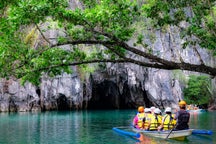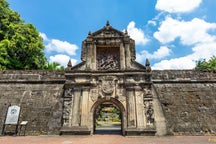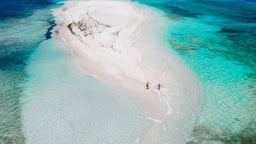
Today, Clark Air Base is known for its world-class resorts, duty-free shopping, and thrilling activities, making it a top destination in Pampanga Province for families, couples, and adventure seekers alike. Enjoy adrenaline-pumping attractions like the annual Hot Air Balloon Festival, off-road adventures on Mt. Pinatubo, or golf at championship courses set against scenic backdrops.
Travelers looking to unwind can explore wellness spas and nature parks, including the relaxing Mimosa Plus leisure estate and the verdant surroundings of the Clark Picnic Grounds. History buffs can visit the Clark Museum and 4D Theater, which tells the story of the base's military past and the eruption of Mt. Pinatubo, one of the largest volcanic events of the 20th century.
With its mix of natural beauty, cultural heritage, and modern amenities, Clark Air Base—now part of a progressive freeport zone—serves as a compelling base for exploring Northern Luzon Region. It’s an ideal stop before heading to nearby destinations like Subic Bay in Zambales Province.


